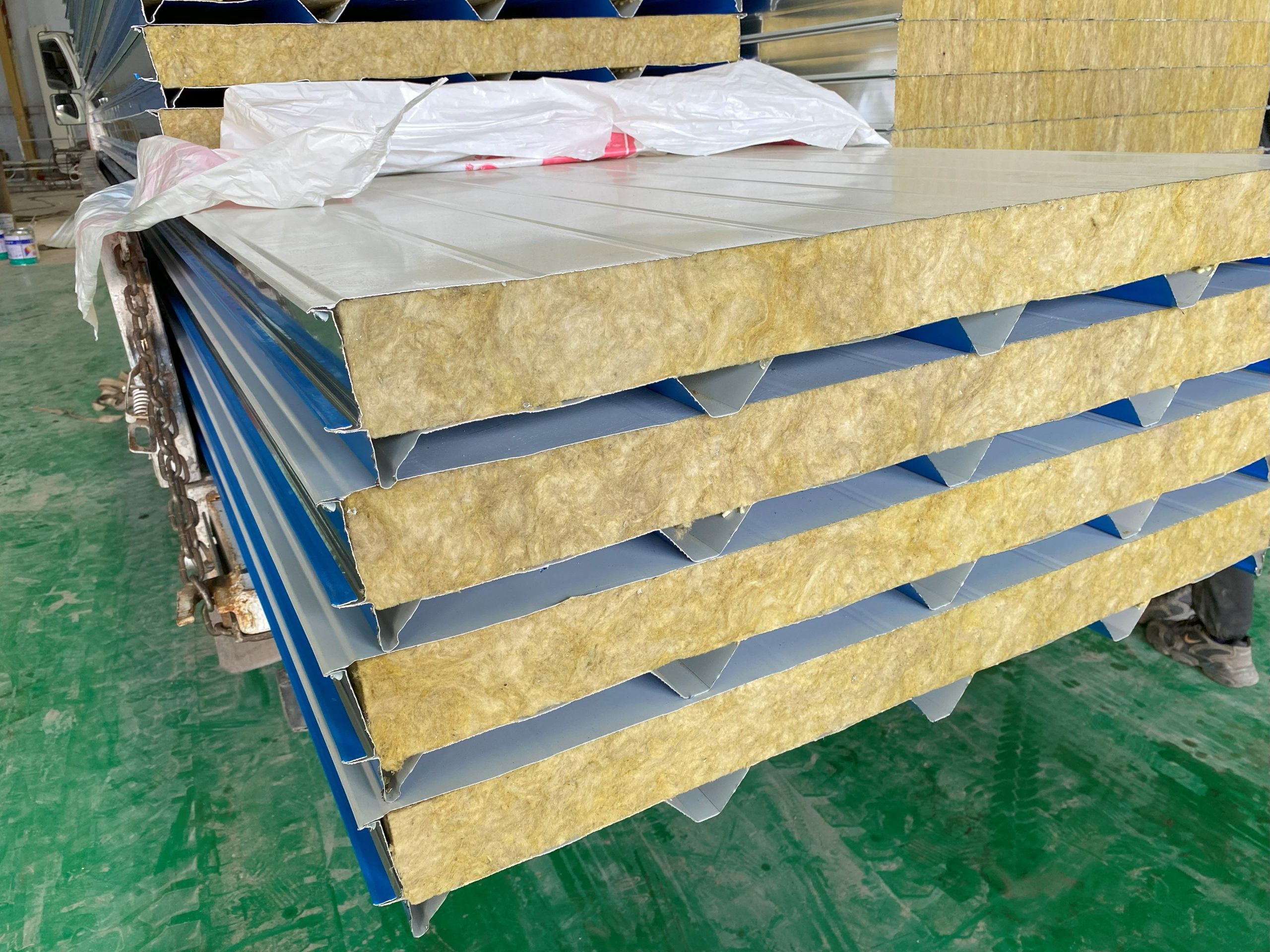Table of Contents
Importance of Anti-Corrosion Spraying in Construction Industry
Corrosion is a common problem in the construction industry, as metal structures are constantly exposed to harsh environmental conditions that can cause deterioration over time. To combat this issue, anti-corrosion spraying is a widely used method to protect metal surfaces and extend their lifespan. Understanding the process flow of anti-corrosion spraying is essential for construction professionals to ensure the effectiveness of this protective measure.
The first step in the anti-corrosion spraying process is surface preparation. This involves cleaning the metal surface to remove any dirt, grease, or rust that may interfere with the adhesion of the coating. Abrasive blasting is often used to achieve a clean and rough surface, which promotes better adhesion of the anti-corrosion coating. Proper surface preparation is crucial for the success of the anti-corrosion spraying process, as any contaminants left on the surface can compromise the integrity of the coating.
Once the surface is properly prepared, the next step is to apply the anti-corrosion coating. There are various types of anti-corrosion coatings available, such as epoxy, polyurethane, and Zinc-rich coatings, each with its own unique properties and applications. The choice of coating depends on factors such as the Environment in which the metal structure will be exposed, the desired lifespan of the coating, and the budget constraints of the project.
The application of the anti-corrosion coating can be done using different methods, such as spray painting, brush painting, or dipping. Spray painting is the most common method used in the construction industry, as it allows for a uniform and consistent application of the coating. The thickness of the coating is also an important factor to consider, as a thicker coating provides better protection against corrosion. It is essential to follow the manufacturer’s guidelines for the proper application of the coating to ensure its effectiveness.
After the anti-corrosion coating has been applied, the final step in the process flow is curing. Curing is the process of allowing the coating to dry and harden, forming a protective barrier on the metal surface. The curing time and conditions vary depending on the type of coating used, but it is essential to follow the recommended curing process to ensure the durability and longevity of the anti-corrosion protection.

In conclusion, the process flow of anti-corrosion spraying in the construction industry is a critical step in protecting metal structures from corrosion. Proper surface preparation, selection of the appropriate coating, application method, and curing process are all essential components of this process. By following these steps diligently, construction professionals can ensure the effectiveness of anti-corrosion spraying and prolong the lifespan of metal structures in various environments. Anti-corrosion spraying is a cost-effective and efficient method to protect metal structures and prevent costly repairs and replacements in the future. It is an essential practice in the construction industry that should not be overlooked.
